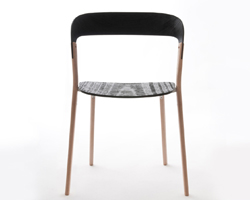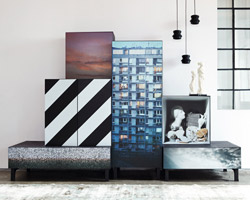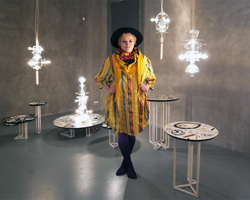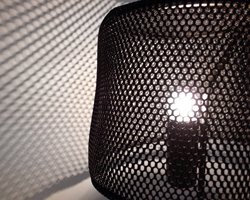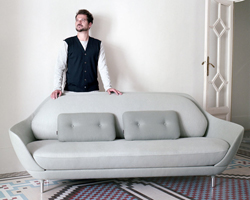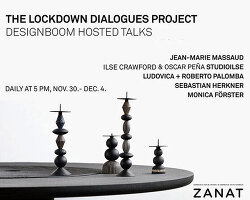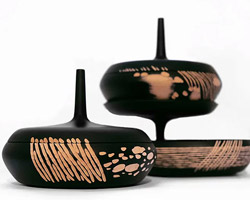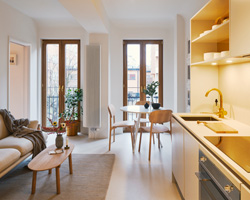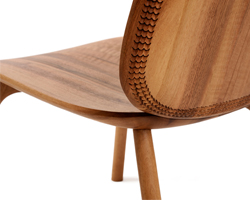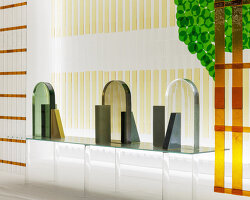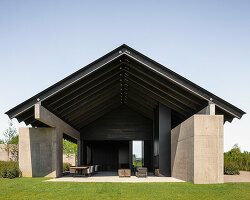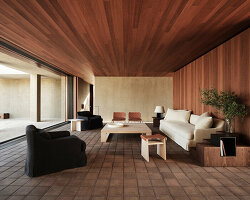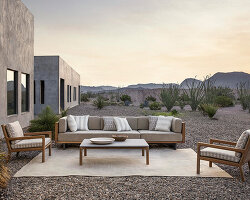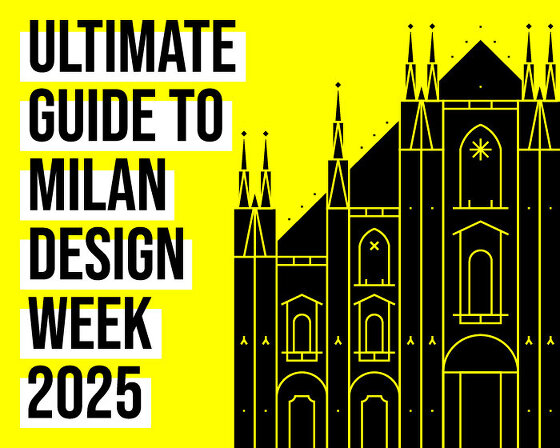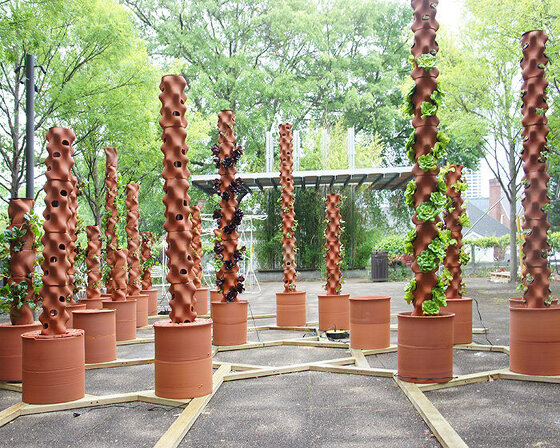installation of ‘florinda’ chairs at the depadova showroom during milan design week 2011 image © designboom
italian furniture company depadova‘s 2011 collection explores shadows, lights, color and transparency as a means of reinforcing the brand’s image in a modern and vivacious way. first presented at the depadova showroom during milan design week 2011, this year’s collection includes collaborations with swedish designer monica förster and belgian architect vincent van duysen.
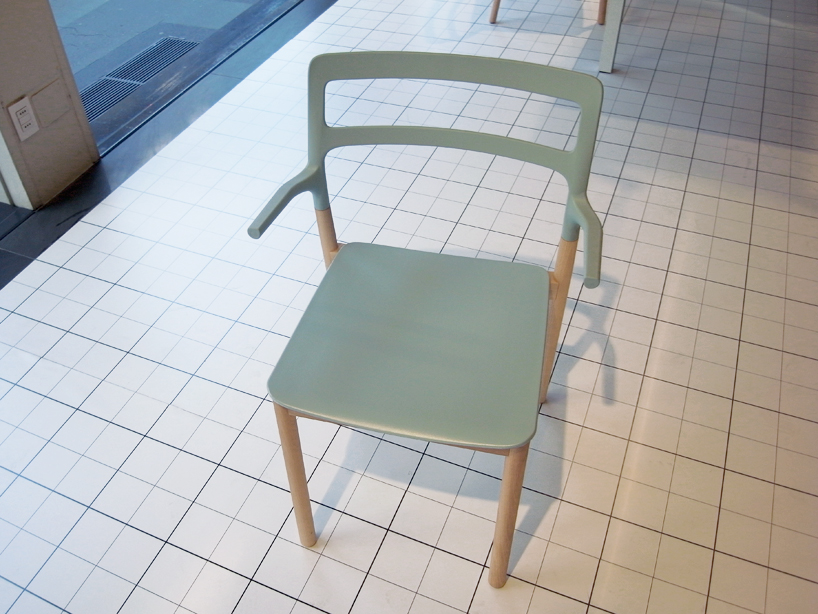 ‘florinda’ chair by monica förster for depadova image © designboom
‘florinda’ chair by monica förster for depadova image © designboom
monica förster’s ‘florinda chair’ is a design of contrasts, exhibited through the combination of antithetical materials – wood and plastic. the contemporary look and versatility of the chair lends itself well for use in a variety of situations, both public and private. composed of a solid beech structure featuring a colorful plastic seat and back, it is through this choice of materials that förster with depadova bring together a simplicity of form and lightness to the structure. ‘florinda’ is stackable and comes in versions with or without arm rests.
 ‘florinda’ back view image © designboom
‘florinda’ back view image © designboom
 monica förster portrait © designboom
monica förster portrait © designboom
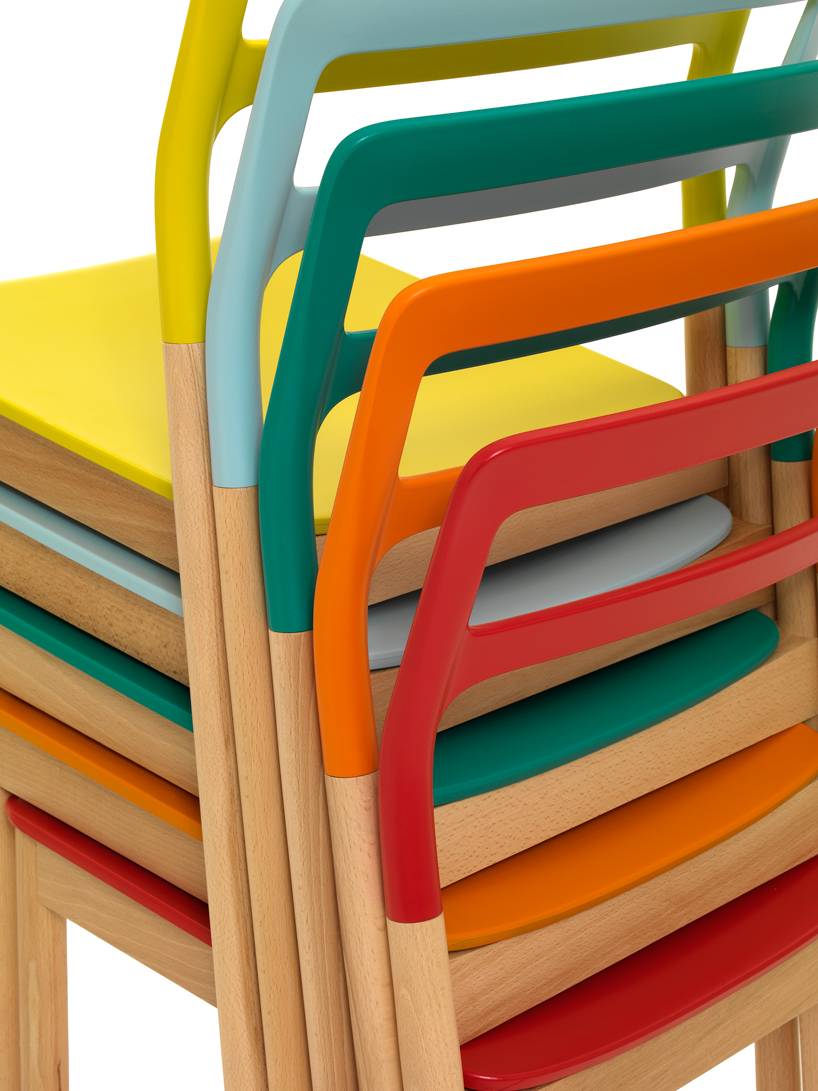 ‘florinda’ is stackable image courtesy of depadova
‘florinda’ is stackable image courtesy of depadova
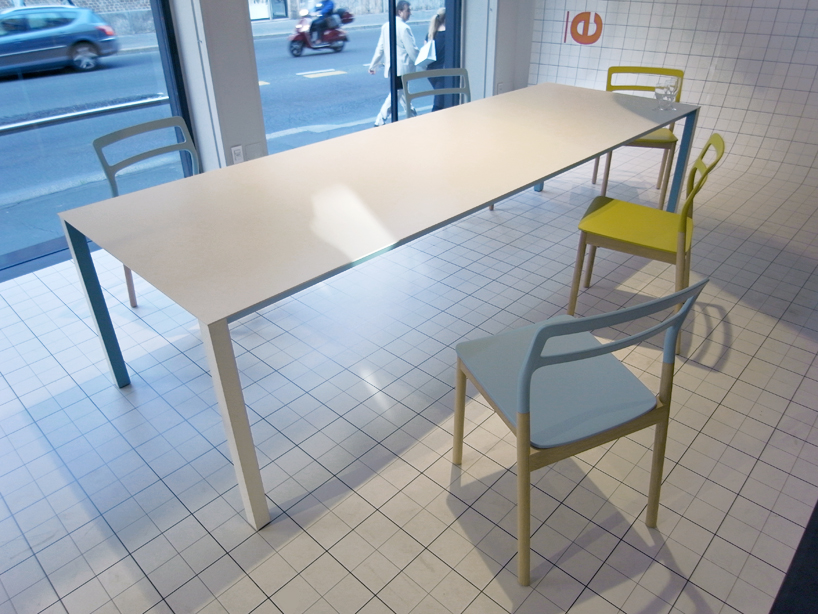 installation view of monica förster’s ‘florinda’ chair and vincent van duysen’s ‘shadow’ table image © designboom
installation view of monica förster’s ‘florinda’ chair and vincent van duysen’s ‘shadow’ table image © designboom
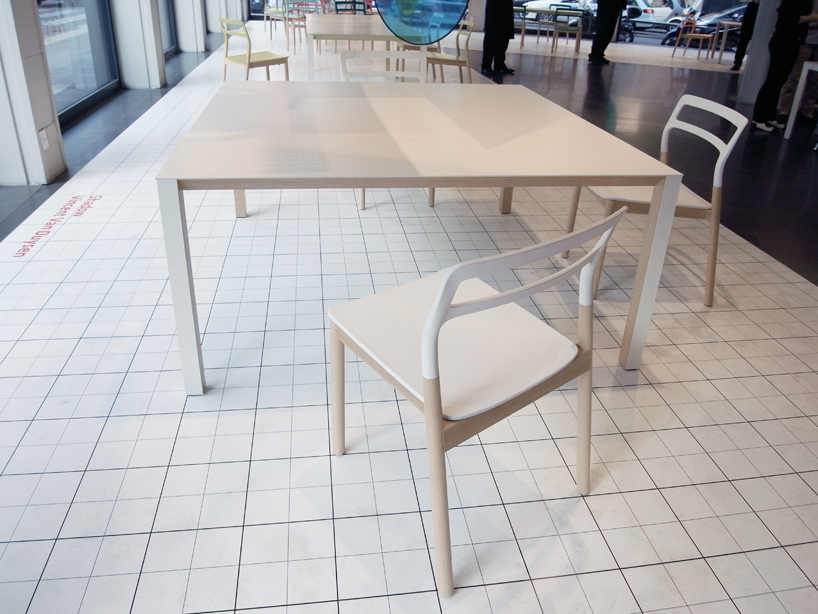 ‘florinda’ chair and ‘shadow’ table image © designboom
‘florinda’ chair and ‘shadow’ table image © designboom
the minimalist approach of vincent van duysen’s ‘shadow’ table is reflected in the formal lightness of the structure. available in rectangular and square versions, the overall table is steel, covered in in wood (oak finish) or layered HPL. from afar, ‘shadow’ looks to be composed of vertical and horizontal lines, but upon closer inspection one can see that the edge of the table top has been cut on an angle in order create the ‘shadow’ effect.
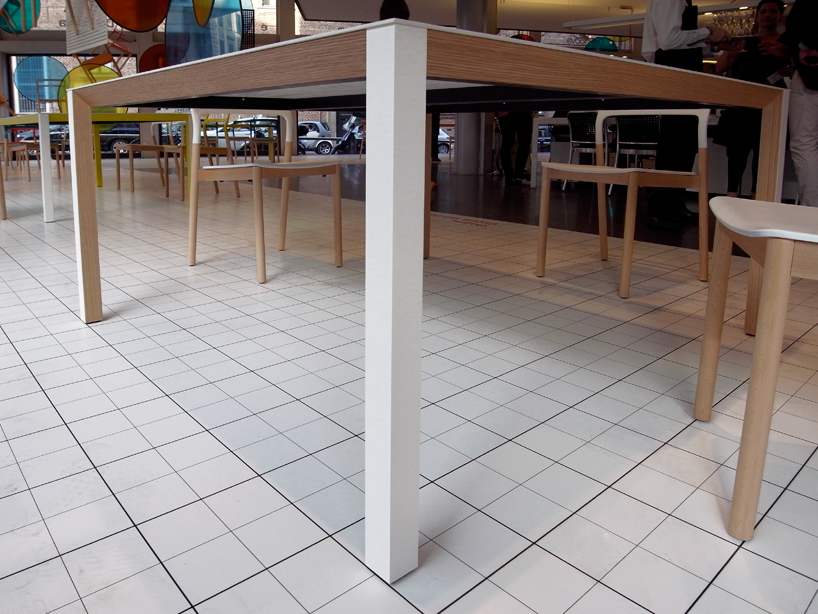 side view of vincent van duysen’s ‘shadow’ table image © designboom
side view of vincent van duysen’s ‘shadow’ table image © designboom
”shadow’ is conceived as an essential table. the image is linear and light. at first glance the form is archetypal but also sophisticated. the fine details of the corners and the use of two tones give the table a slender yet stable form. ‘shadow’ is a visually appealing piece of furniture, thanks to its nearly subtle optical effects. the table reveals itself in different ways from different vantage points. it plays with the concept of the visible and the invisible through subtle use of color and depth.’ – vincent van duysen  the use of two tones in ‘shadow’ creates a linear and light images image courtesy of depadova
the use of two tones in ‘shadow’ creates a linear and light images image courtesy of depadova 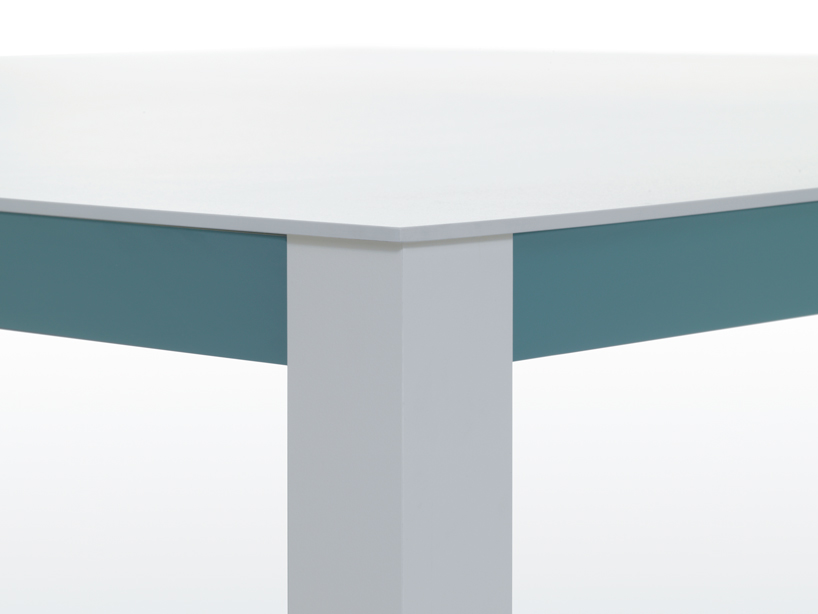 front view corner detail image courtesy of depadova
front view corner detail image courtesy of depadova
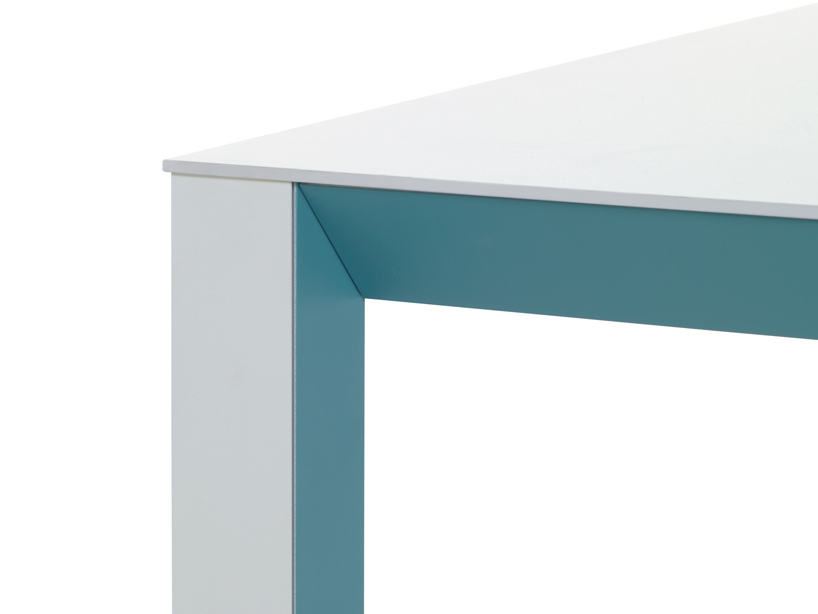 profile view of corner detail image courtesy of depadova
profile view of corner detail image courtesy of depadova
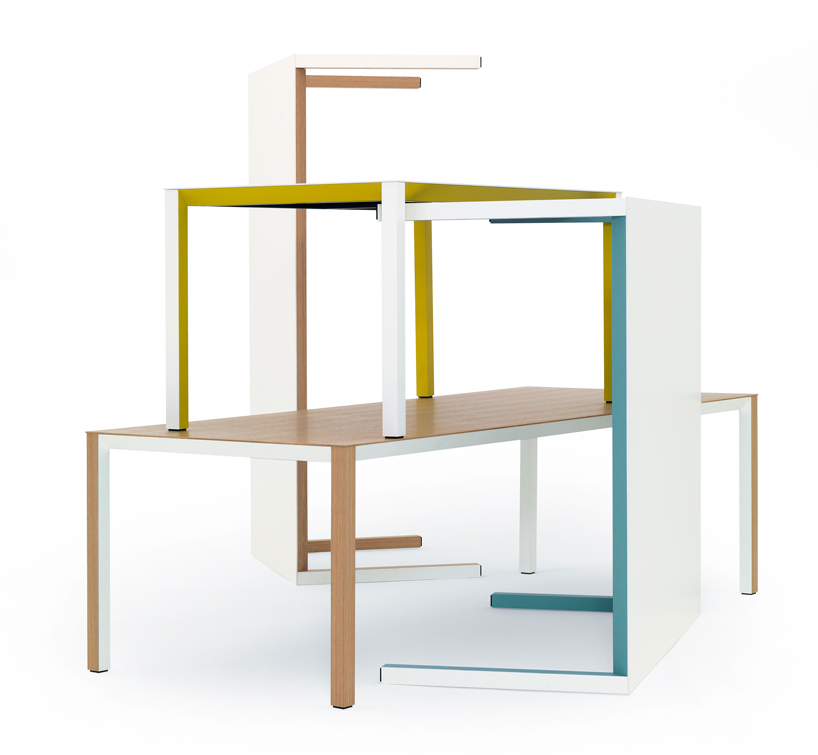 ‘shadow’ table composition image courtesy of depadova
‘shadow’ table composition image courtesy of depadova


